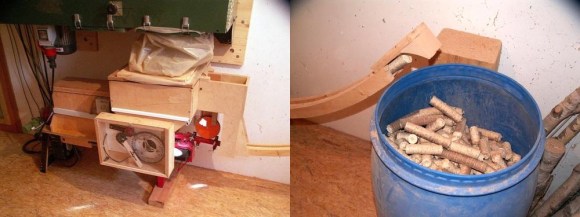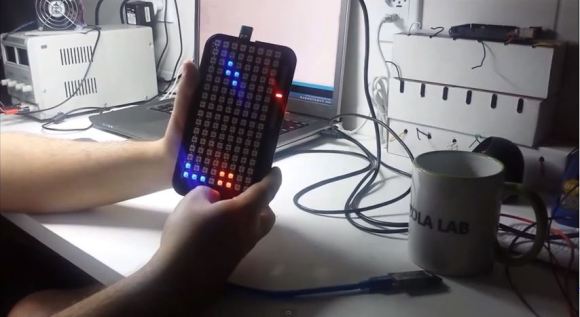
[Alois Schmid] is an avid woodworker, and as such, he makes a lot of saw dust. Unfortunately, saw dust is kind of wasteful — it doesn’t burn very well unless it is compressed… so he built his own wood briquette press!
He originally looked at purchasing a machine designed for this, until he discovered they run upwards of 10,000 Euros. You could buy an amazing CNC mill for that! Needless to say, it was out of the question.
He started by purchasing a new more efficient dust extractor and an electric log splitter, and then he built an ingenious feeder system. He’s replaced the log splitter blade with a long metal dowel with a protrusion at the end (helps keeps the briquettes in one piece), which is slightly smaller than the compression tube he’s built.
















